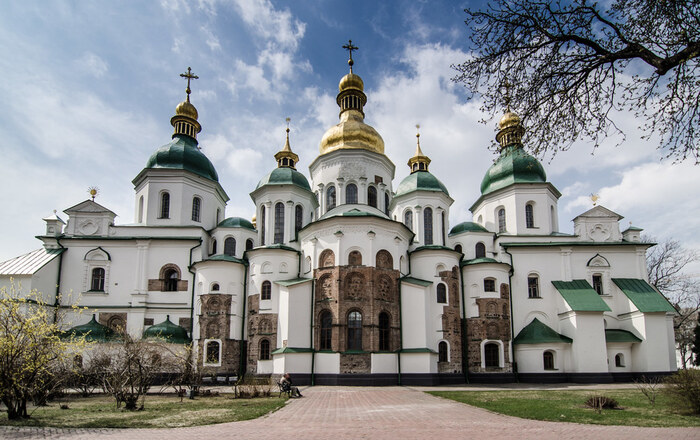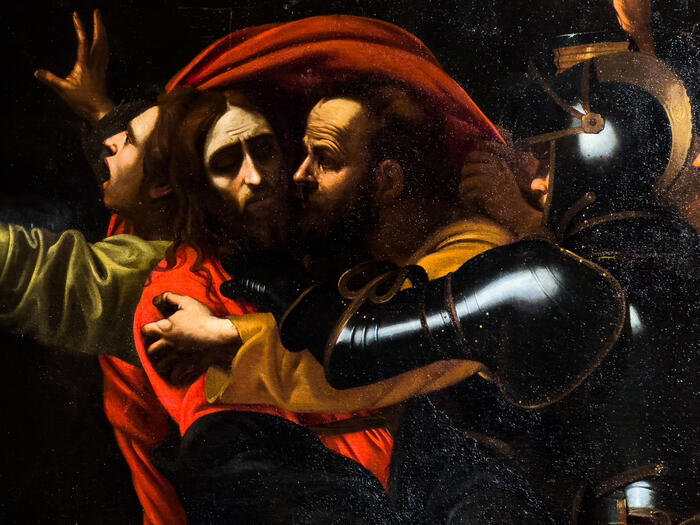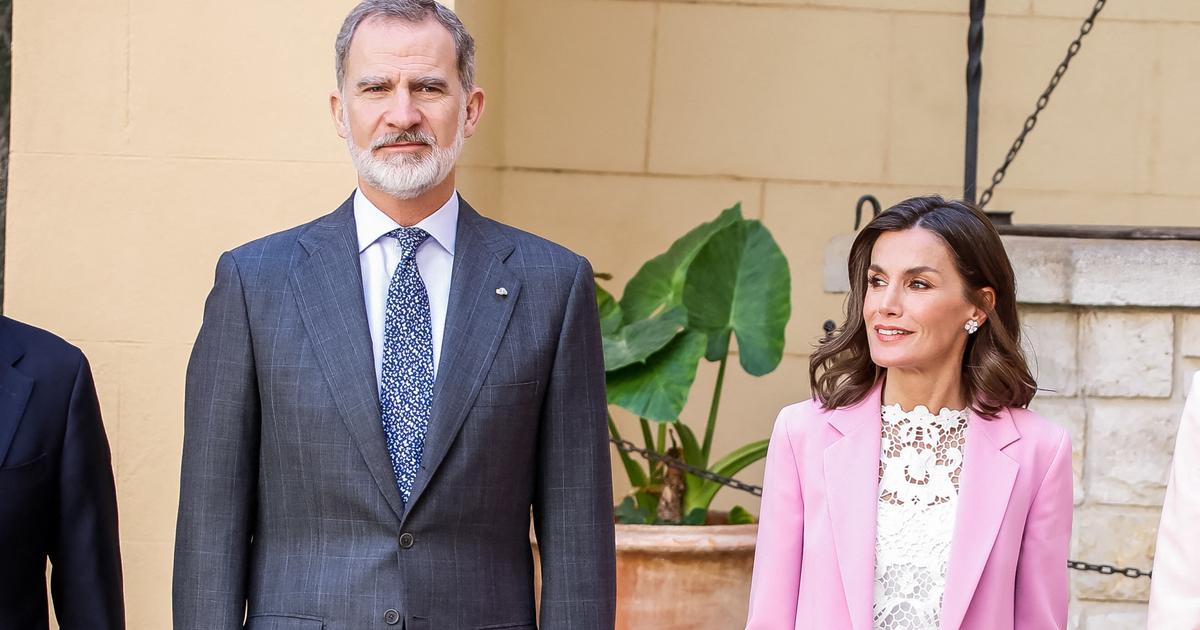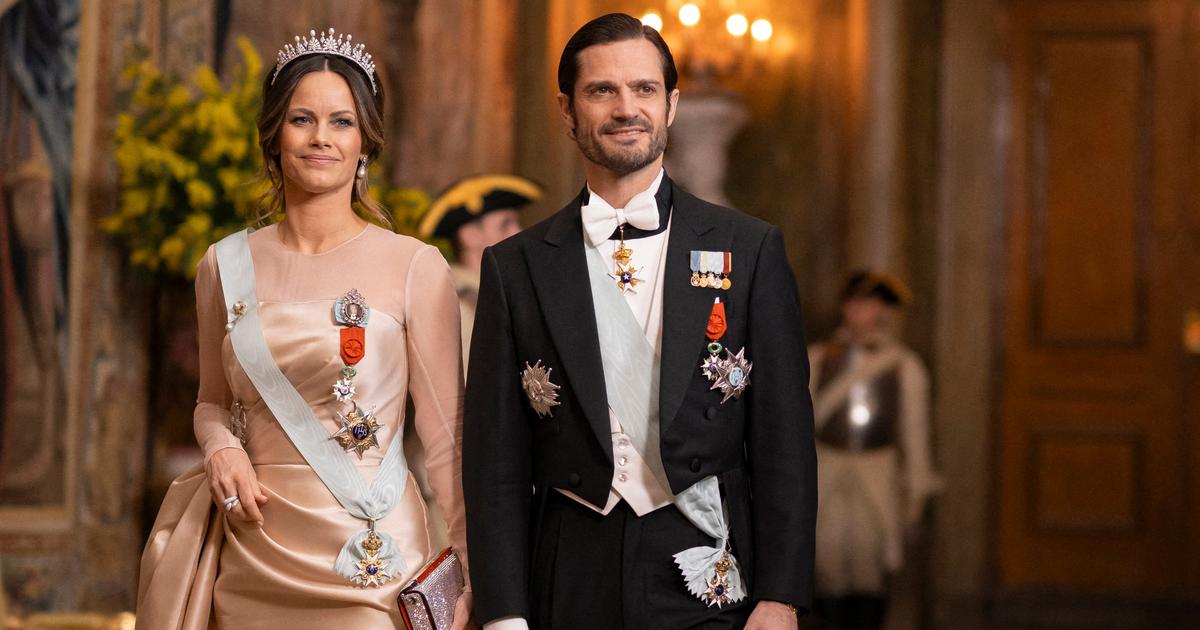(ANSA) - ROME, FEBRUARY 24 - From the evocative Cathedral of Saint Sophia in Kiev, with its golden domes, to the archaeological remains of Sevastopol with the remains of a city founded by the Greeks on the shores of the Black Sea. But also the medieval historic center from Lviv to Cernivci, the fabulous residence of the bucovin and dalmatian metropolitans with its nineteenth-century and opulent synergy of architectural styles, the museum of Odessa which among its treasures even boasts a Caravaggio.
At risk of destruction, in Ukraine invaded by Russian troops, there are also the masterpieces of art and the many World Heritage sites.
Testimonies of all the historical periods to which are added the wonders of nature, such as the beech woods, which UNESCO has already included in its prestigious list, or the steppe, which is among the candidate sites.
Pages of history and beauty that could now be erased by bombing, sacrificed by the demands of war, devastated, pillaged.
In the country the sites certified by Unesco are in all seven, but others could be added in the coming years if the 17 nominations were accepted, from the remains of the ancient city of Tyras, an ancient trading port of the ancient world founded at the end of the sixth century BC. , at the mouth of the Dniester, to the complex of monuments of the medieval fortress of Sudak, from the astronomical observatory of Mykolayiv, believed to be the oldest naval observatory in south-eastern Europe, to the cave cities of Crimean Gotia.
And if the entire historic center of Odessa is one of the world heritage bidding projects, with its refined nineteenth-century urban structure where Trotsky and Kandinsky grew up, but also the legendary "Potemkim staircase" icon of cinephiles, the Western art museum of this fascinating and multicultural city is a treasure trove of art treasures ranging from Caravaggio to Rubens, from Gerad David to Guercino.
An impressive amount of works of European art that the Russian regime had confiscated from nobles, traders, collectors from the great Odessa region which at that time stretched from Romania to the Crimea.
Stolen in 2008, found in 2010 and therefore the subject of a delicate restoration, the canvas attributed to Michelangelo Merisi boasts, among other things, a compelling and tormented story, reconstructed a few years ago by the scholar Nataliia Chechykova.
Probably bought in Paris by Alexander Petrovich Basilewsky, a great Russian collector of Ukrainian origins, the canvas, which at the time was titled Le Baiser de Judas, was offered as a gift in 1870 to the Tsar's brother, Vladimir Alexandrovich Romanov and therefore landed in Russia, however, where, precisely between revolution and wars, he had a life that was anything but easy.
Donated to the Academy of Fine Arts in St. Petersburg, Caravaggio's painting was transferred in 1916 to the Odessa museum along with 28 other creations by the great European masters.
Only a year later, however, the city was fully hit by the revolution of 1917 and then by the civil war, conquered and lost by the Red Army several times.
During the Second World War then Odessa was heavily bombed and then occupied by Romanian and Nazi troops and of the Capture of Christ (as the painting is called today) for a while nothing was known, especially since inexplicably the canvas was not in the 'list of the works saved by the museum.
Given lost, the canvas "miraculously" reappeared in June 1945, 14 months after the liberation of the city, which was returned to the Soviet authorities by the Roman Catholic Church.
(HANDLE).
14 months after the liberation of the city, returned to the Soviet authorities by the Roman Catholic Church.
(HANDLE).
14 months after the liberation of the city, returned to the Soviet authorities by the Roman Catholic Church.
(HANDLE).








